Introduction

This course material aims to address theoretical concepts and provide practical activities for the Low Voltage Building Electrician course. This course, according to the Pronatec Guide (2011), aims to train a professional who: Works in the area of civil construction, in service providers, outsourced companies and also in residential environments, performing activities of execution, maintenance and repair of low-voltage building electrical installations in accordance with designs and in compliance with applicable technical, regulatory, environmental and safety standards by selecting, handling, installing and operating equipment, components and instruments.










































SUMMARY
Unit 1
1.1 Conductors and Insulators.
1.2 Electrification of the Bodies.
2.1 Voltage
2.1.1 Relationship between Electric Imbalance and Electric Potential. 14
2.2 Electric Current
2.3 Electric Circuit.
2.4 BatteriesBatteries
2.5 Direct Current and Alternating Current
2.6 Electrical Resistance
2.7 Ohm's Law
2.8 Power and Energy
2.8.1 Electric Power
2.8.2 Electricity.
2.9 Exercises
3.1 MeasuringVoltmeter
3.2 Ammeter
3.3 Ohmmeter
3.4 Multimeter.
4.1 Series Circuit
4.2 Parallel Circuit
4.3 Mixed Circuits
5.1 Splicing Conductors.
5.1.1 Enforcement Process
5.1.1.2 Open or External Line Amendment.
5.1.1.3 Splice of Extending Conductors into Junction Boxes or Passage Boxes. 32
5.1.1.4 Splices Between Rigid and Flexible Conductor
5.1.1.5 Splices Between Flexible Conductors
5.1.1.6 Splicing Leads
5.1.1.6.1 Single Lead.
5.1.1.6.2 From a Rigid to a Flexible Conductor.
5.1.1.6.3 From a Flexible Driver with a Hard.
5.2 Eyelet
5.3 Splicing or Connection Recommendations
5.4 Bimetallic Connections
5.5 Electrical Conductor Accessories
5.5.1 Connectors.
5.5.2 Cable glands.
and Welding Welding
6.1 WeldingSetting
6.2 Using Solder
6.3 Features
6.4 care when making a welding
6.5 Application Conditions
6.6 Amendments welding or connections
7.1 Types
7.1.1 Insulating Tape.
7.1.1.1 Insulating Tape Rubber (Autofuso)
7.1.1.2 Plastic Tape Insulator
7.1.2 Insulatorthermocontractile
7.1.3 InsulatingNet
7.2 isolate Amendments or connections
Unit 8
Inscandescentes lamps Installation with Simple and socket Switch ..50
8.1 Schemes Representation Multipolar andSingle Line
8.2 Connection Serial
8.3 LinkParallel Bulbs
Unit 9
Fluorescent Lamp
9.1 Fluorescent Lamp.
9.2 Fluorescent Lamp
9.3 How a Fluorescent Lamp Works
9.4 How the Reactor Works
9.5 Characteristics of Fluorescent Lamps and Reactors
9.6 Mixed Light Lamps
9.7 Photoelectric Relay or Switch.
Unit 10
Professional Ethics
10.1 ConceptualEthics.
10.2 The Approach to Ethics.
Unit 11
Professional Interpersonal Relations
11.1 Motivation Caused by the Work Environment.
11.2 Environmental Influence.
11.3 Interpersonal Relations and Quality of Life at Work.
11.4 Intrapersonal Factors and Quality of Life at Work.
11.5 Responsibility for Quality of Life in the Workplace.
11.6 Physical Arrangement and Working Environment.
11.7 5S Principles.

Unit 1
ELECTROSTATIC
Electricity is a form of energy associated with phenomena caused by electric charges, whether they are moving (electrodynamic) or at rest (electrostatic). All matter is made up of molecules which, in turn, are formed by atoms. Atoms are formed by a nucleus, where protons and neutrons meet, and by an electrosphere, made up of orbits where electrons rotate. The basic difference between these three elements that make up the atom lies in their electric charges. While the neutron has a neutral charge, that is, it has no charge, the proton has a positive charge and the electron has a negative charge. Every atom is in principle electrically neutral since the number of protons is equal to the number of electrons, causing each positive charge to nullify a negative charge and vice versa.


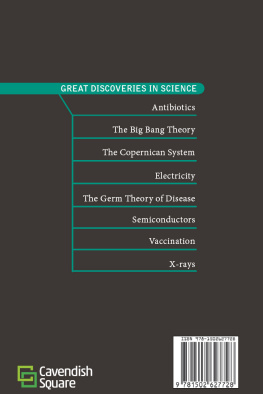

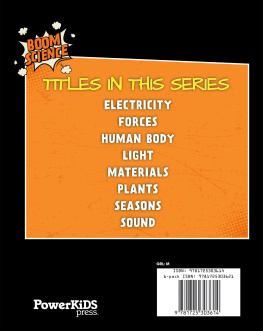
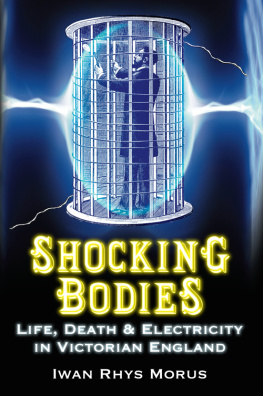

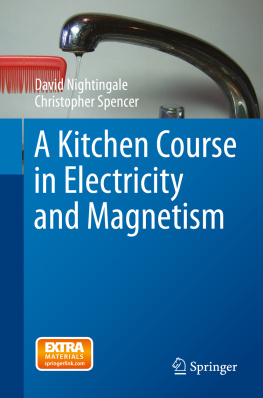
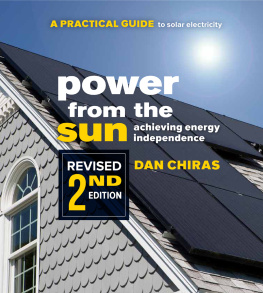
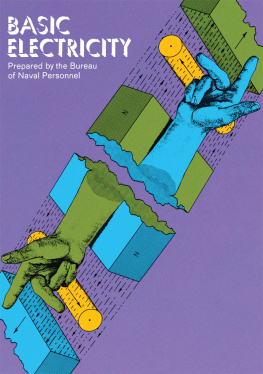
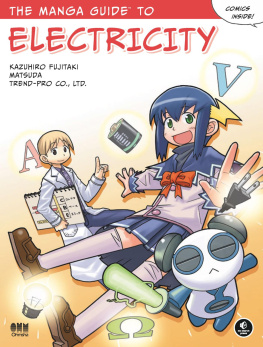



 Unit 1
Unit 1